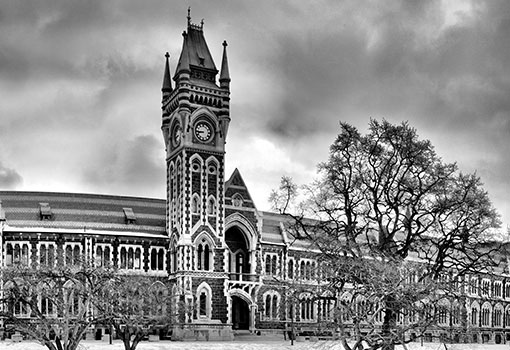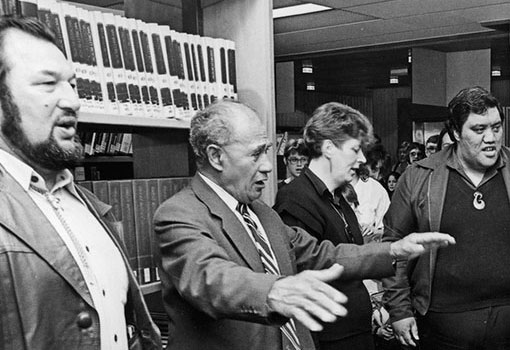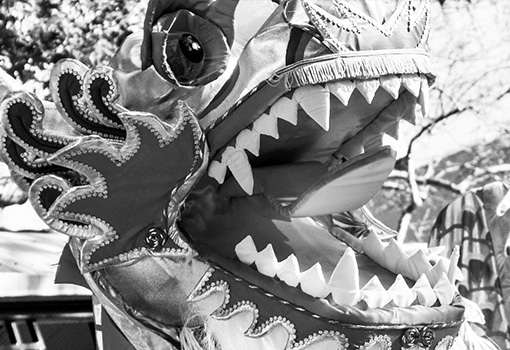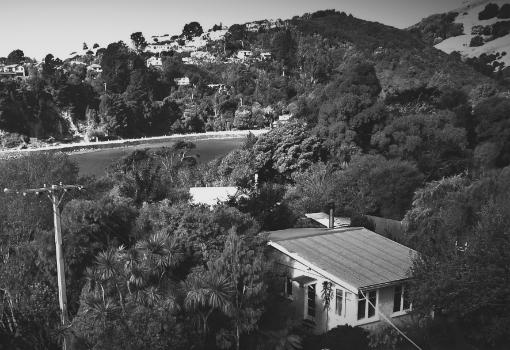Story Valley Project
By Dunedin UNESCO City of Literature | Posted:
Bringing Sun Gum Saan (New Gold Mountain) to the classroom
“Mad dogs and Englishmen go out in the midday sun!” This phrase from Rudyard Kipling was also made famous by a Noel Coward song.
The sad thing is I probably learnt this before I knew anything about NZ history, before I learned anything about the NZ wars, Parihaka, Te Tiriti o Waitangi, the Chinese Poll Tax (including the fact that both my grandfathers paid the tax) and the influence of the early Chinese on NZ’s history.
We therefore embrace the new Aotearoa NZ Histories curriculum and are thankful for the willingness to embrace cultures. Certainly, without the bi-cultural umbrella the ethnic migrant stories, and in particular our Chinese stories, would not be heard.
We are thankful for those who worked so hard to ensure our voice remained part of the core curriculum. We also thank the Ministry of Ethnic Communities and the Chinese Poll Tax Heritage Trust for their valuable financial support to this launch and our work.
The Chinese community have long influenced and contributed to Otago and Southland and we want to use these examples, as well as our own Chinese whakapapa and tikanga, to help tamariki learn what it is to be ethnically Chinese in Aotearoa New Zealand. Our stories are unique to our Otago/Southland region but they may resonate in theme with other regions.
For our own community this is vital because:
In the Youth19 report on NZ secondary school students that came out last year.
- Just 52% of Chinese young people were “very proud of their ethnicity”. This compares with more than 80% for Pacifica. Chinese sit at the lowest level, with Indian students recording 56%.
- Secondly, 28% of Chinese females reported self-harming in the previous 12 months.
So, we took the bull by the horns or should I say the “rabbit by the ears” and we have started to develop some grassroot classroom lessons using the three previously mentioned aspects. The Dunedin Chinese Gardens Trust and the NZ Chinese Association Otago Southland Branch created Sun Gum Saan Ltd, a registered charitable company and provided seed funding to commence this work. The other directors are Teresa Chan who is also the president of Otago Southland branch of the NZ Chinese Assoc, Christine Wong, Yuet Kwan Marshall and our secretary is Jo-Ann Chin.
We contracted Assoc Prof James Beattie, one of NZ’s foremost scholars on Chinese matters and educator and historian Brendan Seal to carry out this work. The lessons have also been reviewed by a cultural advisor associated with NZ Chinese Assoc and an educator from the University of Otago College of Education.
The new curriculum provides us a “golden” opportunity to ensure that our history is told as a part of NZ history and not apart from NZ history. Together with using examples of past acts of discrimination we hope to explain our part in an inclusive NZ society where institutional stereotyping “that Asians are bad drivers” and taunts of “Asians go home” when times get tough, are no longer common place. Yet in spite of this victimisation we have acted with agency, risen above these obstacles with success.
We will first trial the class lessons we have developed in a couple of schools shortly and after that open up to others, hopefully some time after Matariki but it will depend on what comes out of the trials. Class lessons have been developed so far for years I - 8. Our obvious starting point being the goldmining years and moving on from there as well as touching on other occupations of our people. We include topics such as the food, customs, technology developed, the push-pull factors and early settlements such as the Lawence Chinese Camp. From sojourners we became migrants and from there settlers, as my Uncle Bill Wong is quoted on a mural in Dunedin “Our new home has now become our old home”.
We have also commenced a website www.newgoldmountain.nz and we have a facebook page. To enable us to further our work we intend to adopt a social enterprise model where there will be a small fee to use the lessons. This is so that we are not totally reliant on grants and donations. The fee will also assist us to develop further lessons, develop and maintain our website and we hope to create a digital learning platform in the future.
We have only started the process and there is a long way to go. We appreciate the responsibility but as long as the whakawhaungatanga continues we are determined to progress our work which we believe is important in the promotion of the overall social cohesion of our multi-cultural society here in Aotearoa NZ.
Lessons based on our history, whakapapa and tikanga will also help to inform us all of our place as Chinese New Zealanders in Aotearoa me Te Waipounamu and what it means to be ethnically Chinese and to be proud of it.
On that theme I will finish with a couple of Whakataukis.
The first being a saying by the great Waikato chief, Pōtatau Te Wherowhero who on his inauguration as the first king of Kingitanga said
Kotahi te kohao o te ngira e kuhuna ai te miro ma, te miro pango, te miro whero.
Through the eye of the needle all the coloured threads must pass.
In a similar vein the Chinese whakatauki says
Firstly In Cantonese
San yun yat tiu sum, wong tŏu bing sing kum
In mandarin
zhong rén yì tiáo xīn, huáng tǔ biàn chéng jīn
If we are all of one heart, even the yellow earth can become gold.
Further reading: Bringing Sun Gum Saan (New Gold Mountain) to the classroom (thecontextasiapacific.org.nz)



